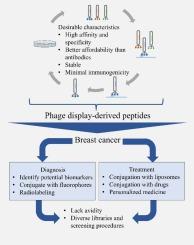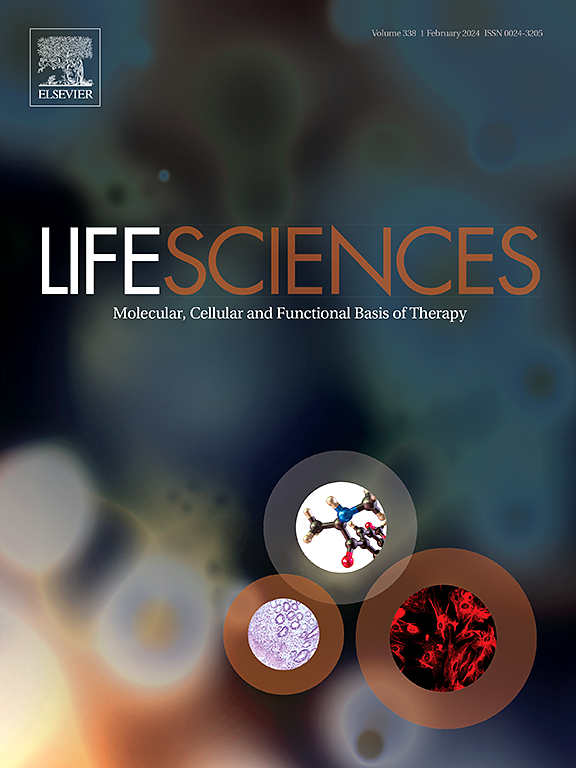Phage display screening in breast cancer: From peptide discovery to clinical applications
IF 5.2
2区 医学
Q1 MEDICINE, RESEARCH & EXPERIMENTAL
引用次数: 0
Abstract
Breast cancer is known as the most common type of cancer found in women and a leading cause of cancer death in women, with the global incidence only increasing. Breast cancer in Malaysia is also unfortunately the most prevalent in Malaysian women. Many treatment options are available for breast cancer, but there is increasing resistance developed against treatment and increased recurrence risk, emphasizing the need for new treatment options. This review will focus on the applications of phage display screening in the context of breast cancer. Phage display screening can facilitate the drug discovery process by providing rapid screening and isolation of peptides that bind to targets of interest with high specificity. Peptides derived from phage display target various types of proteins involved in breast cancer, including HER2, C5AR1, p53 and PRDM14, either for therapeutic or diagnostic purposes. Different approaches were employed as well to produce potential peptides using radiolabelling and conjugation techniques. Promising results were reported for in vitro and in vivo studies utilizing peptides derived from phage display screening. Further optimization of the protocols and factors to consider are required to mitigate the challenges involved with phage display screening of peptides for breast cancer diagnosis and treatment.

乳腺癌的噬菌体展示筛选:从多肽发现到临床应用。
众所周知,乳腺癌是女性最常见的癌症类型,也是女性癌症死亡的主要原因,全球发病率只增不减。不幸的是,乳腺癌也是马来西亚妇女最常见的癌症。目前有许多治疗乳腺癌的方法,但抗药性越来越强,复发风险越来越高,因此需要新的治疗方法。本综述将重点介绍噬菌体展示筛选在乳腺癌方面的应用。噬菌体展示筛选可以快速筛选和分离出与感兴趣的靶点结合的高特异性多肽,从而促进药物发现过程。通过噬菌体展示筛选得到的多肽靶标涉及乳腺癌的各类蛋白质,包括 HER2、C5AR1、p53 和 PRDM14,可用于治疗或诊断。此外,还采用了不同的方法,利用放射性标记和共轭技术生产潜在的多肽。利用噬菌体展示筛选出的肽进行体外和体内研究的结果令人鼓舞。要减轻噬菌体展示筛选用于乳腺癌诊断和治疗的多肽所带来的挑战,还需要进一步优化方案和考虑因素。
本文章由计算机程序翻译,如有差异,请以英文原文为准。
求助全文
约1分钟内获得全文
求助全文
来源期刊

Life sciences
医学-药学
CiteScore
12.20
自引率
1.60%
发文量
841
审稿时长
6 months
期刊介绍:
Life Sciences is an international journal publishing articles that emphasize the molecular, cellular, and functional basis of therapy. The journal emphasizes the understanding of mechanism that is relevant to all aspects of human disease and translation to patients. All articles are rigorously reviewed.
The Journal favors publication of full-length papers where modern scientific technologies are used to explain molecular, cellular and physiological mechanisms. Articles that merely report observations are rarely accepted. Recommendations from the Declaration of Helsinki or NIH guidelines for care and use of laboratory animals must be adhered to. Articles should be written at a level accessible to readers who are non-specialists in the topic of the article themselves, but who are interested in the research. The Journal welcomes reviews on topics of wide interest to investigators in the life sciences. We particularly encourage submission of brief, focused reviews containing high-quality artwork and require the use of mechanistic summary diagrams.
 求助内容:
求助内容: 应助结果提醒方式:
应助结果提醒方式:


